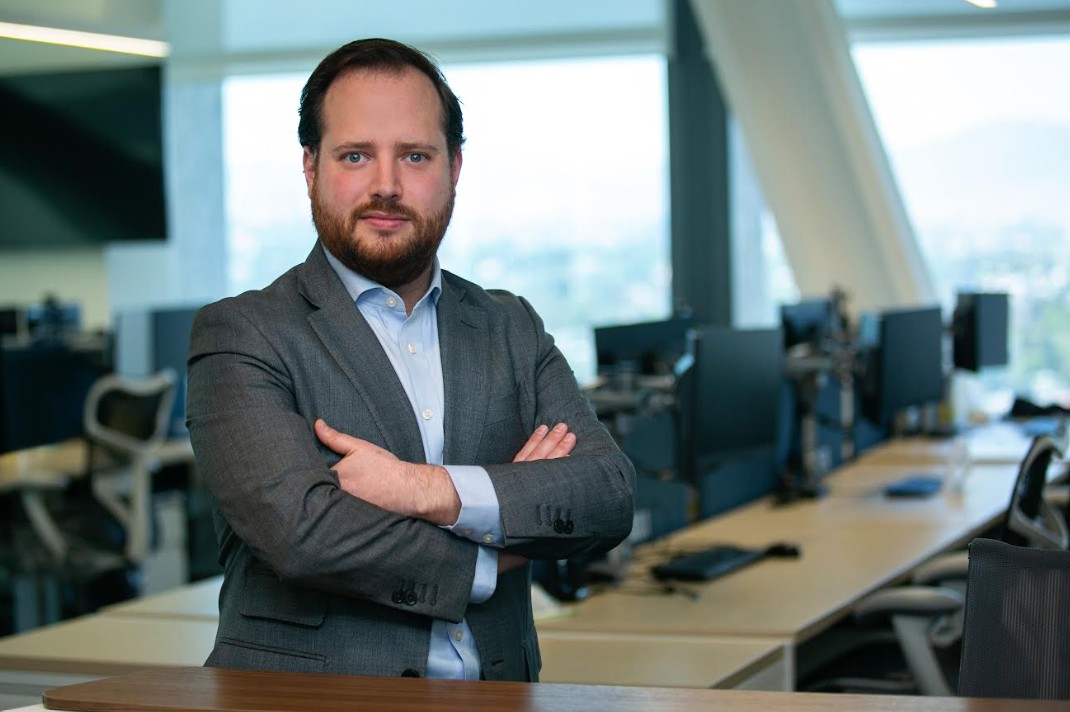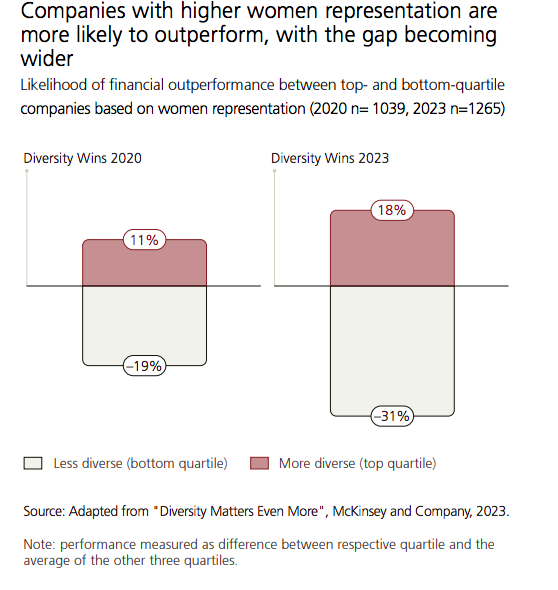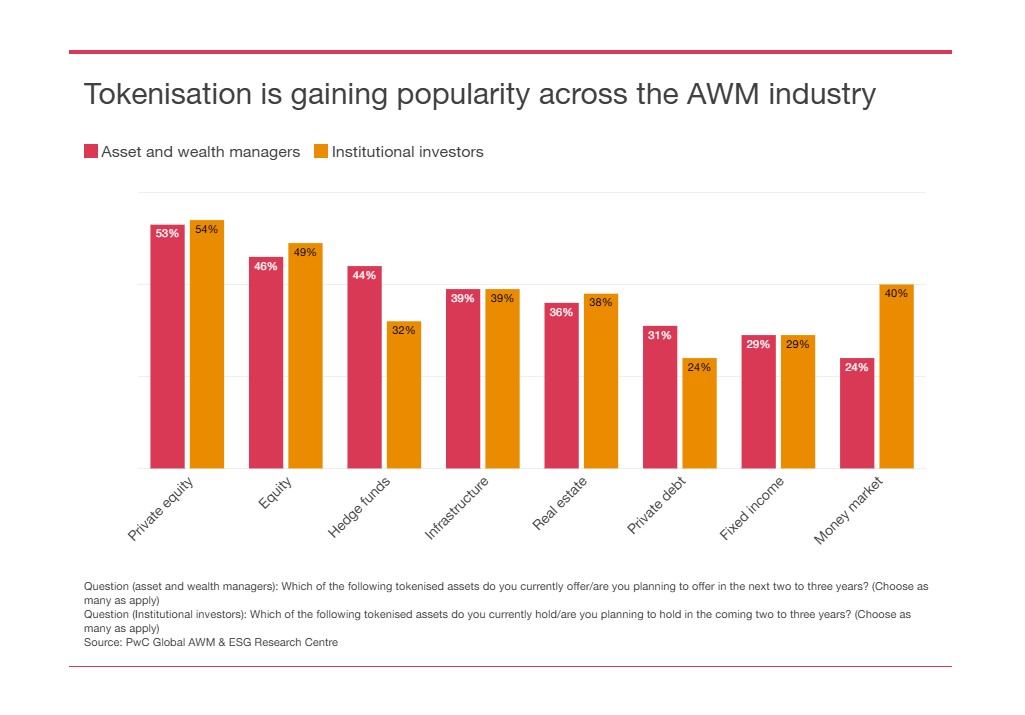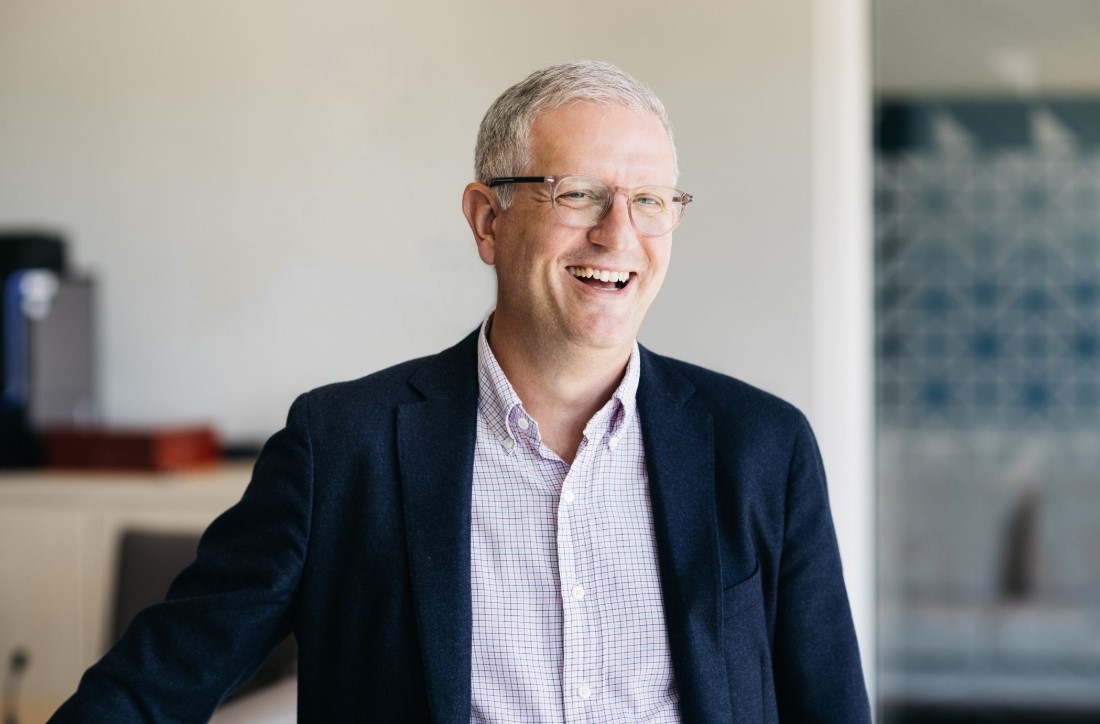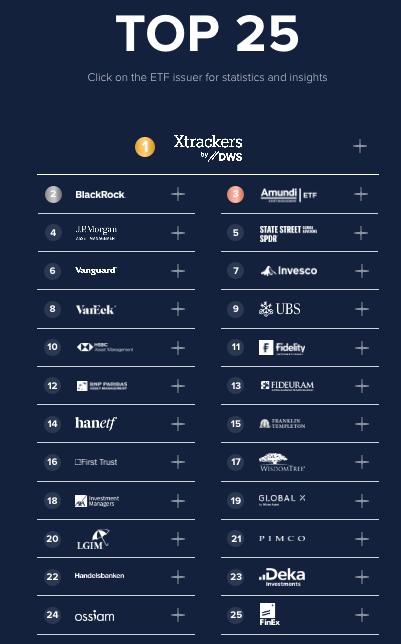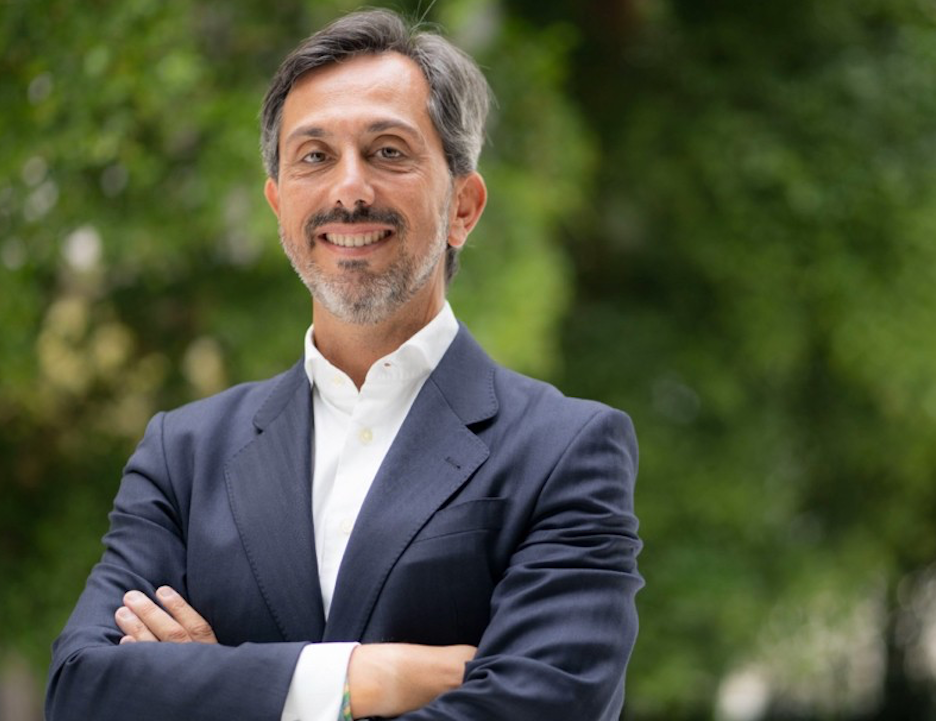Even as the world enters a phase of deglobalization, the connection between markets and the global economic and geopolitical landscape remains strong. That is why international asset managers are closely watching how the commodities market is responding to expectations surrounding steel and aluminum tariffs, a potential U.S. recession, increased spending in Europe, possible sanctions on Russia, and shifts in energy demand—a long and complex list of factors.
According to Marcus Garvey, Head of Commodities Strategy at Macquarie, their economists have revised global GDP growth projections for 2025 down to 2.2% year-over-year, expecting expansion to slow to a quarterly low of 0.3% in Q3 2024.
He explains that the possibility of tariffs on commodity imports has driven up duty-free prices in the U.S.
“This has led to increased demand for materials that can be moved to the U.S. before potential tariffs are imposed, as seen in the growing gold reserves within the country. However, this merely brings forward demand, and once there is tariff clarity, these additional purchases should subside. Furthermore, once tariffs are confirmed, excess inventory in the U.S. is likely, and the resulting price hikes for consumers could lead to demand destruction,” Garvey adds.
He also notes that the reciprocal tariffs expected after April 1st may be lower than the market anticipates, which could provide some relief.
Garvey’s base-case scenario is that weakening global demand for goods and slower industrial production growth will negatively impact primary commodity consumption.
“We therefore expect most commodity prices to decline in the second half of the year, with most physical commodity trade balances posting global surpluses. However, gold is a notable exception—given the U.S. fiscal deficit shows no improvement, it could test its all-time high of around $3,500 per ounce,” he states.
Tariffs: The Impact on Steel and Aluminum
The 25% tariffs on steel and aluminum announced by the U.S. are now in effect, significantly impacting Australia, Canada, Argentina, and the European Union.
Garvey explains that these tariffs will be implemented through the reinstatement and extension of the Section 232 tariffs from 2018. “This means the same mechanism cannot be easily used to impose tariffs on other commodities in the short term, as it would first require an investigation by the Department of Commerce. As a result, recent volatility in copper spreads on the CME and LME, as well as in the exchange-for-physical (EFP) prices of precious metals, may have been excessive. Still, prices remain vulnerable to broad-based tariffs or country-specific tariffs affecting a large portion of U.S. imports,” he says.
According to Garvey, while some of these costs will be passed on to U.S. processors and consumers, a portion of the tariffs will be absorbed by exporters, as their best net-margin strategy remains delivering to the U.S. Given the greater availability of materials outside the U.S., this could put downward pressure on regional prices elsewhere.
“In steel, there is room for a supply response that could mitigate this situation. However, for aluminum, we do not expect any smelters to restart production. Ultimately, demand will be key in determining the extent of sustained cost pass-through, and we still see the overall backdrop of rising trade tensions as a bearish factor for industrial metal prices,” he adds.
Crude Oil Market and the Impact of Russian Sanctions
In the oil market, projections suggest that supply will continue to outpace demand in 2025 by approximately 1 million barrels per day. However, market perception varies—while sour crude buyers face supply shortages, light sweet crude buyers see a well-supplied market.
Norbert Rücker, Head of Economics and Next Generation Research at Julius Baer, notes that with oil hovering around $70 per barrel, it appears to be stabilizing after its recent drop.
“Market sentiment is cooling, and uncertainties around economic outlooks and oil demand are keeping prices under pressure. Beyond geopolitical noise, structural shifts appear to be taking shape,” Rücker explains.
He argues that increased production from oil-producing nations is intensifying competition in the crude market, which is likely to limit U.S. shale oil’s market share.
“U.S. dominance is facing broader scrutiny. From a fundamental perspective, we believe the oil market is heading toward a surplus, with prices declining to around $65 per barrel by the end of the year,” he states.
Additionally, the impact of Russian sanctions remains a crucial factor.
Vikas Dwivedi, Global Energy Strategist at Macquarie, explains that if sanctions remain in place, reduced Russian exports to India, China, and Turkey could drive a significant price increase. Conversely, if sanctions are weakened or lifted, crude could drop by $5–$10 per barrel.
“While the public focus has been on the U.S. back-and-forth over tariff announcements and suspensions, we believe Russian sanctions could have a much greater impact on crude prices throughout at least the first half of the year. If sanctions on Russia are not eased, the ongoing decline in shipments—currently around 1 million barrels per day—could continue and become a catalyst for a major price surge,” he warns.
Gold’s Surge Amid Economic and Political Uncertainty
No commodities discussion is complete without mentioning gold, which has risen 50% in a year—and may not stop there.
Matthew Michael, Chief Investment Officer at Schroders, explains that a year ago, gold prices began to break out of their previous stagnation.
“At the time, the rally was fueled by major central banks increasing their gold purchases to reduce reliance on U.S. dollar reserves and Treasury holdings amid rising uncertainty. This partially broke gold’s historical correlation with real (inflation-adjusted) interest rates. Additionally, Trump’s trade war will further boost the precious metal,” he states.
Meanwhile, Charlotte Peuron, a precious metals fund manager at Crédit Mutuel AM, adds that gold continued its 2024 uptrend into January 2025, driven by economic and political risks (trade wars, U.S. inflation, political instability, etc.).
She notes that Western investor demand for gold is rising, both through ETFs and physical deliveries.
“China, in addition to central bank purchases, has just launched a pilot program allowing insurance companies to invest in gold for their medium- and long-term asset allocation strategies. All signals are green, which should support gold demand. Silver is also rallying, up 12.8% since the beginning of the year, reaching $32.60 per ounce,” she adds.
Agricultural Commodities: The Coffee Price Surge
One notable commodity trend is the relentless rise in coffee prices. Since early 2024, the price of high-quality Arabica beans—known for their smoother, less bitter taste—has risen by about 90%, while Robusta beans—typically used for instant coffee—have increased by over 90%.
Michaela Huber, Senior Cross-Asset Strategist at Vontobel, attributes this mainly to climate conditions.
“Brazil, which accounts for nearly 40% of global coffee production and is the top supplier of Arabica, has suffered from a devastating combination of frost and prolonged drought. In Vietnam, the world’s second-largest producer and the top supplier of Robusta, extreme weather fluctuations—droughts followed by heavy rains—have also wreaked havoc. As a result, crop yields have plummeted, reducing supply,” she explains.
Huber warns that unless harvests improve or consumers significantly cut back on consumption, the price rally could persist.


